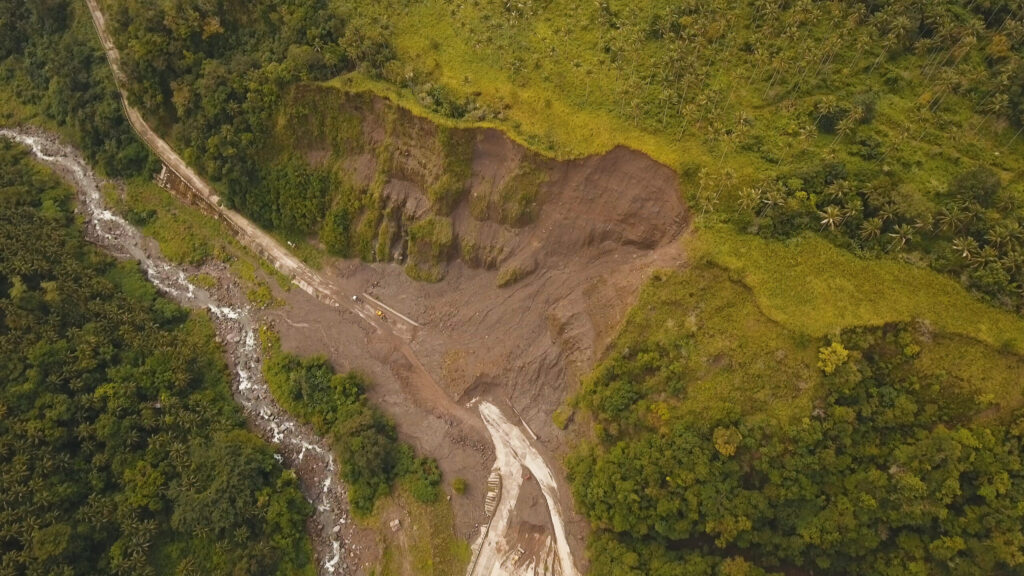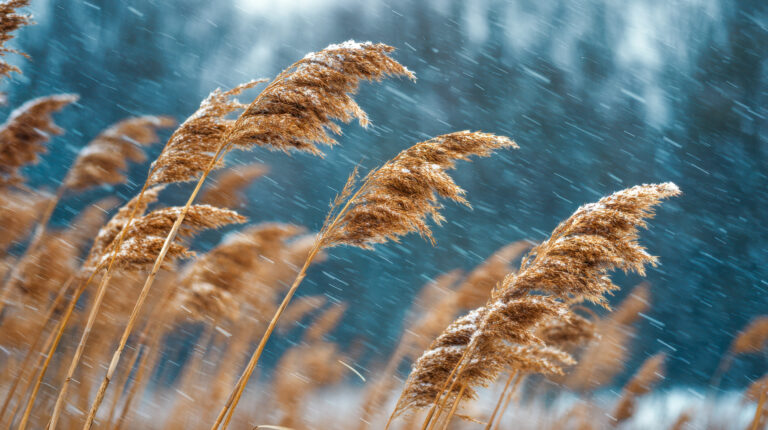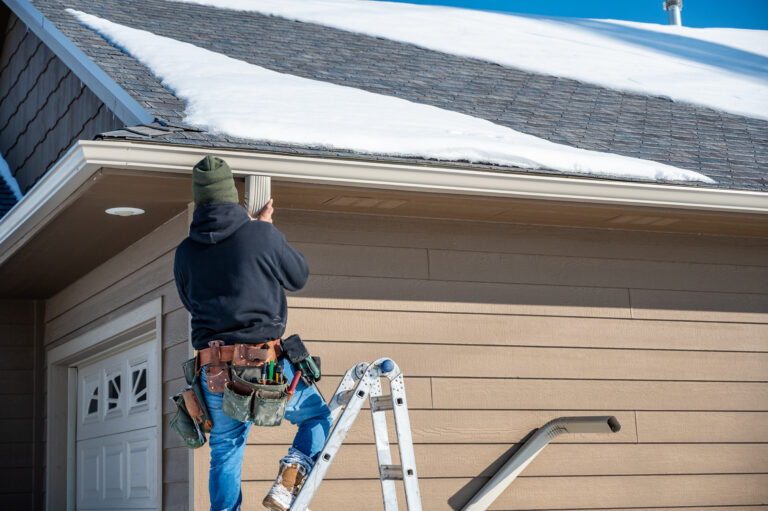A significant landslide struck Ketchikan, Alaska, on August 25, 2024, leading to one fatality and injuring three others. The landslide, which hit around 4 p.m. local time, caused extensive damage to homes and infrastructure in the area. The affected neighborhood, including Third Avenue and adjacent streets, was subjected to a mandatory evacuation order. Residents were relocated to a shelter set up at Ketchikan High School as emergency services worked to manage the crisis.
The landslide was particularly alarming given the size and impact, with authorities noting it as unprecedented in their experience. According to Ketchikan’s long-time residents, such a large-scale landslide has not been witnessed before in their 65 years of observation. The city, located approximately 297 miles south of Juneau, has seen various landslides, but the magnitude of this event prompted immediate concern and response from both local and state officials.
In response to the disaster, power was quickly restored to some areas, though others remained without electricity as crews replaced damaged power poles. The Alaska Governor, Mike Dunleavy, declared a state of emergency, mobilizing state resources and staff for the response effort. Additionally, federal agencies, including the Department of Homeland Security and the Department of Transportation, were dispatched to assist with the recovery and evaluation of the situation.
Causes of Landslides
Landslides are complex geological events that occur when soil, rock, or debris moves down a slope due to gravity. They can be triggered by various factors, including heavy rainfall, rapid snowmelt, earthquakes, volcanic activity, or human activities such as construction and deforestation. In Ketchikan, the landslide followed a bout of rain amid an unusually dry August. Despite the absence of some typical warning signs, such as high winds, the combination of factors contributed to this devastating event.
The region, known for its rugged terrain and history of landslides, experienced this event without the usual red flags. According to Andrew Park, a meteorologist with the National Weather Service in Juneau, the landslide was particularly unusual due to its impact on a populated area, although landslides themselves are not uncommon in the region. The area’s natural landscape often shows evidence of past landslides, though they usually occur in less populated zones.
Environmental and Human Factors
Certain environmental and human factors can increase the likelihood of landslides. In regions with frequent heavy rains, such as Alaska, the saturation of soil can reduce its stability. Additionally, human activities like deforestation, construction, and mining can destabilize slopes. Logging and fires, which destroy vegetation, remove the root structures that help bind the soil, making landslides more likely when heavy rains occur.
Identifying and Preventing Landslides
Preventing landslides involves understanding and managing the risk factors. In areas prone to landslides, it is crucial to monitor weather patterns and soil conditions. Engineers and geologists can use various techniques to assess slope stability and implement preventive measures such as retaining walls, proper drainage systems, and vegetation to stabilize soil. Regular inspection and maintenance of these structures can also help mitigate risks.
Early Warning Systems
Tracking and predicting landslides can be challenging. However, advancements in technology have made it possible to use sensors and satellite imagery to monitor slopes and detect early signs of instability. Weather forecasting models that predict heavy rainfall or other destabilizing factors can also provide crucial information for early warning systems, allowing communities to prepare and evacuate if necessary.
Responding to a Landslide
If a landslide occurs, the immediate response is critical. Authorities typically issue evacuation orders for affected areas, as seen in Ketchikan. It is essential to follow these directives promptly. Residents should move to higher ground and avoid areas prone to further slides. In the event of a landslide, it is also crucial to avoid downed power lines and damaged infrastructure, as they can pose additional hazards.
Safety Measures During a Landslide
To ensure safety during a landslide, residents should:
- Evacuate Immediately: If instructed to do so, leave the area promptly and move to higher ground.
- Avoid Hazardous Areas: Stay away from unstable slopes and areas where debris may continue to move.
- Stay Informed: Listen to local authorities and weather updates for information and instructions.
- Prepare an Emergency Kit: Have essential supplies ready, including food, water, and first aid items.
- Plan Ahead: Know the evacuation routes and have a family emergency plan in place.
Post-Landslide Actions
After a landslide, it is important to remain cautious. Avoid returning to affected areas until authorities declare them safe. Inspect your home for damage and avoid using any utilities that may have been compromised. Report any hazards to local authorities to ensure a safe environment for all.
Long-Term Considerations
Communities affected by landslides should engage in long-term planning to reduce future risks. This includes revising land use policies, investing in infrastructure improvements, and increasing public awareness about landslide risks and safety measures. Collaboration between government agencies, engineers, and local residents is essential for effective risk management.
The Role of Climate Change
Climate change is intensifying weather patterns, leading to more frequent and severe storms that can exacerbate landslide risks. As temperatures rise and precipitation patterns shift, the likelihood of landslides in vulnerable areas may increase. Addressing climate change through mitigation efforts and adaptive strategies is crucial for reducing landslide risks.
Conclusion
Understanding the causes, prevention, and response strategies for landslides is vital for minimizing their impact. By staying informed, preparing for emergencies, and taking proactive measures, communities can better protect themselves from the destructive potential of landslides.


